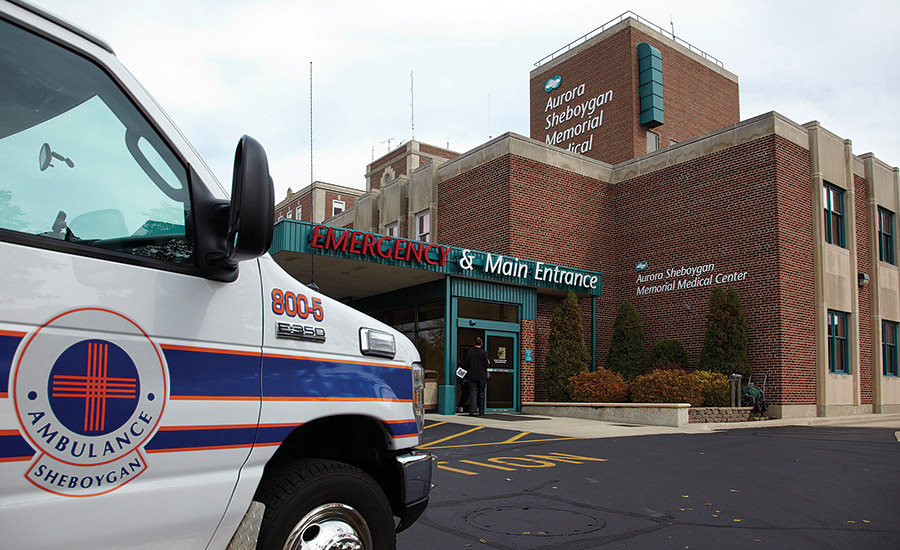When a community-based hospital adds a neonatal intensive care unit (NICU) so its most fragile patients can be cared for in-house rather than at a regional center 50 miles away, a family places enormous trust in the hospital’s ability to meet its baby’s health care needs.
Likewise, facility leaders must be confident they can operate their advanced technology and medical equipment at all times, no matter the weather or utility grid’s load.
“We’ve made a promise to our community to be here 24/7 to provide the highest quality of care, and in order to do that we need reliable power,” says Lori Knitt, chief support services officer at Aurora Sheboygan Memorial Medical Center in Sheboygan, WI.
Knitt reports that the hospital probably sees power surges three to four times a year. Just a few years ago, a squirrel blew a nearby transformer. While utility outages are usually brief — most less than a minute, just enough to make an alarm clock blink — they shut down everything in the hospital.
“We rely on our Kohler generators to keep everything running, and they’ve never failed,” she says. “When we lose power, I step into the hallway, take a deep breath, and by then the generator kicks in and the lights go back on.”
In today’s health care settings, everything is run by electricity. The NICU uses continuous positive airway pressure (CPAP) machines to give babies extra oxygen, and bili lights help with liver function. A Cesarean section, requiring an anesthesia machine and numerous surgical devices, may be needed at a moment’s notice to deliver a baby in distress.
Before the hospital upgraded its backup power system in 2011, Aurora Sheboygan relied on two older Kohler generators. Despite their ripe old ages of 35 and 42 years, they worked fine but no longer met the hospital’s increased power capacity requirements.
“It’s important to us that, even during a utility outage, our patients always have access to surgical, radiology, cardiology, and CT services,” says Richard Miller, director of planning and operations for Aurora. “In addition to powering these critical functions, the new generators also ensure uninterrupted operation of fire alarms and patient room air conditioning.”
The hospital worked with Milwaukee-based Total Energy Systems, an authorized distributor of Kohler Power Systems, on the upgrade. This added power capacity brings Aurora Sheboygan up to the requirements necessary for new healthcare construction, a key consideration because the organization may opt to build a new facility in the future. Plus, the backup power system is fully integrated to function seamlessly as all components are Kohler, including automatic transfer switches and custom paralleling switchgear, all managed by Kohler Decision-Maker® controllers.
Andy Nygaard, manager of plant operations at Aurora Medical Center reports: “Just one of our new 600 kW generators is enough to provide most of the needs of the hospital. The second adds an extra measure of redundancy and the ability to add air conditioning or heating if needed.”
The hospital regularly inspects and tests its backup power system as part of the operation’s emergency preparedness plan. This includes weekly checks on the oil and battery, a monthly test run at 30% of the generators’ rated loads, and annual preventive maintenance.
“We need to perform appropriate checks to maintain our certification with the Centers for Medicare & Medicaid Services and ensure that our generators are functional and ready to go at all times,” Miller says.
While Aurora Medical Center’s location in eastern Wisconsin is relatively immune to earthquakes, its Kohler generators also meet International Building Code seismic requirements for critical-use facilities like hospitals. Kohler generator sets from 20 to 3,250 kW have passed rigorous shake tests at qualified seismic test labs to guarantee their reliable performance after an earthquake. Knitt sums it up simply. “With reliable emergency backup power, including a second generator for additional redundancy, I sleep easier at night.”



